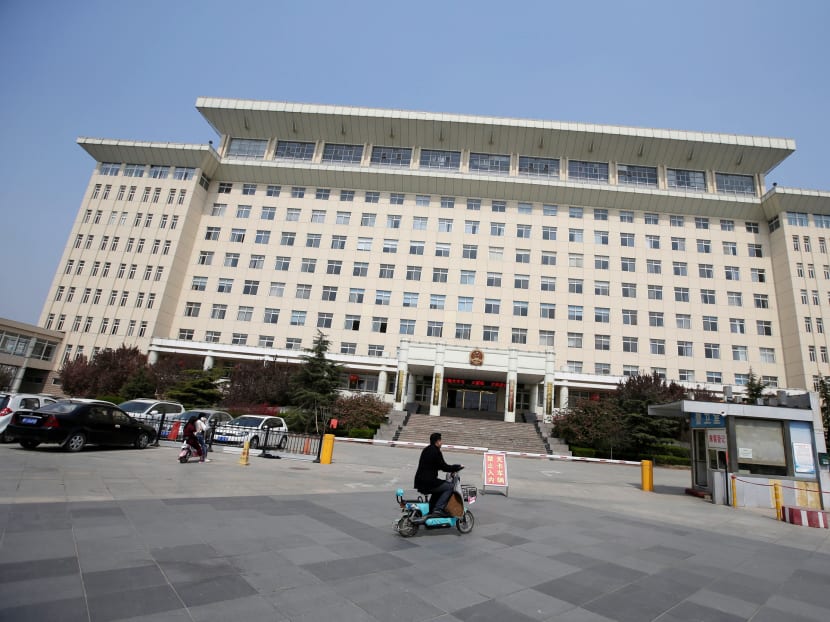China’s Hebei province rolls out truckload of development projects for new economic zone
BEIJING — Hebei province is doubling down on investments in highways, rail and airports in the coming three years, with national planners lavishing attention on the new Xiongan economic zone to ensure a speedy connection to Beijing and beyond.

A resident drives a motorbike in front of the government building of Xiongxian county, one part of the new special economic zone Xiong'an New Area, Hebei province, China April 3, 2017. Photo: Reuters
BEIJING — Hebei province is doubling down on investments in highways, rail and airports in the coming three years, with national planners lavishing attention on the new Xiongan economic zone to ensure a speedy connection to Beijing and beyond.
Hebei, which borders the capital on three sides, plans to spend 600 billion yuan (S$122 million) on transportation infrastructure by 2020, which is nearly twice the amount allotted to building the transit system in the area five years ago.
The hefty budget strives to link neighbouring cities within 90 minutes of one another and limit the 100-kilometre trip between Beijing and Xiongan to 30 minutes.
The budget was disclosed in the province’s transportation blueprint for the 13th Five-Year Plan that covers the period 2016-2020.
Under the plan, the number of commercial airports in Xiongan will grow five-fold, with at least 25 new air transportation hubs added. The economic zone’s highway network, which accounts for more than half of the total budget, will be expanded to 9,000 km, up 40 per cent from 2015.
High-speed railways in Hebei are expected to be extended to twice their length in 2015, with four lines running through Xiongan New Area, a special economic zone that was unveiled in April. The 2,000 sq km region aims to ease some of the side effects of break-neck growth in the capital, such as overpopulation, traffic congestion, pollution, and prohibitively high property prices.
A high-speed rail project between Beijing and Xiongan was announced earlier this month. Officials estimate that it will shorten the journey between the capital and the new area to 41 minutes. Another high-speed rail line will connect Beijing’s new airport to Bazhou, which borders Xiongan. The line is part of railway that runs from Beijing and Hong Kong, which is slated to be completed by 2019, the official Xinhua News Agency reported in May.
Heavily polluting plants are often relocated to Hebei after being banished from the capital.
Hebei, the province with the eighth-highest gross domestic product in the country last year, is derided as the place that provides Beijing with produce, water and unskilled labour.
Xiongan’s inception has lifted the province from its humble position as “servicer of Beijing and Tianjin”, and government-owned businesses, schools and hospitals have announced plans to relocate to the economic zone. CAIXIN





